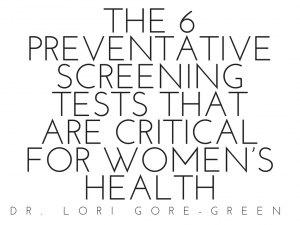Pregnant Women : Protect Yourself, Protect Your Newborn
The U.S. Advisory Committee on Immunization Practices (ACIP) recommends an annual flu vaccine for anyone 6 months of age or older. This includes pregnant women, if there are no contraindications (however, if you are pregnant, make sure to consult with your physician prior to receiving a flu shot). It’s important to note that pregnant women cannot use the FluMist live nasal flu vaccine and must receive the inactivated influenza vaccine. Even with these standards in place, in addition to the vaccine protecting pregnant women against the flu, there’s an added value of protecting their newborn infants for up to the first six months of life. This is great to keep in mind since infants are too young to receive the vaccine themselves.
Collect Your Paycheck
If someone gave you the choice of getting compensated for your work or staying home, feeling ill and not getting paid or using up vacation days, it’s unlikely that you would choose the latter. Every year, the flu season costs millions of lost work days and billions of dollars. And even though the general public is advised to get the flu vaccine when it first becomes available (generally in mid-August), most people wait until the temperatures drop. Although the vaccine doesn’t always cover every strain of the actual virus, it will undoubtedly provide more protection than not getting vaccinated. And the 2015-2016 vaccine has even been updated with 2 new strains.
Protect Loved Ones and Those at Risk
Every year, thousands of children under five years of age are hospitalized owing to the flu. Young children and those with health problems such as asthma or diabetes are at an even higher risk, because they have a greater chance of developing complications. With this in mind, unless you or your family members are contraindicated for receiving the vaccine, you owe it to others who are at a higher risk, to get vaccinated and prevent the infection of others.
Inexpensive and Accessible
We are lucky in that we now live in a time when the flu vaccine has never been easier to obtain. Waiting in endless lines and making follow up appointments are a thing of the past. Now the flu vaccine is available at many pharmacies and large retailers like; Target, CVS or Walgreens. Throughout the country, the majority of pharmacists are licensed to immunize, which means that they can administer the vaccine with little waiting. Furthermore, most pharmacies and clinics accept insurance for the vaccine which translates to little or no copay for you. And even if you don’t have insurance, find out if your local health clinic or retail pharmacy offers free vaccines. If not, however, the average vaccine costs roughly thirty dollars.









